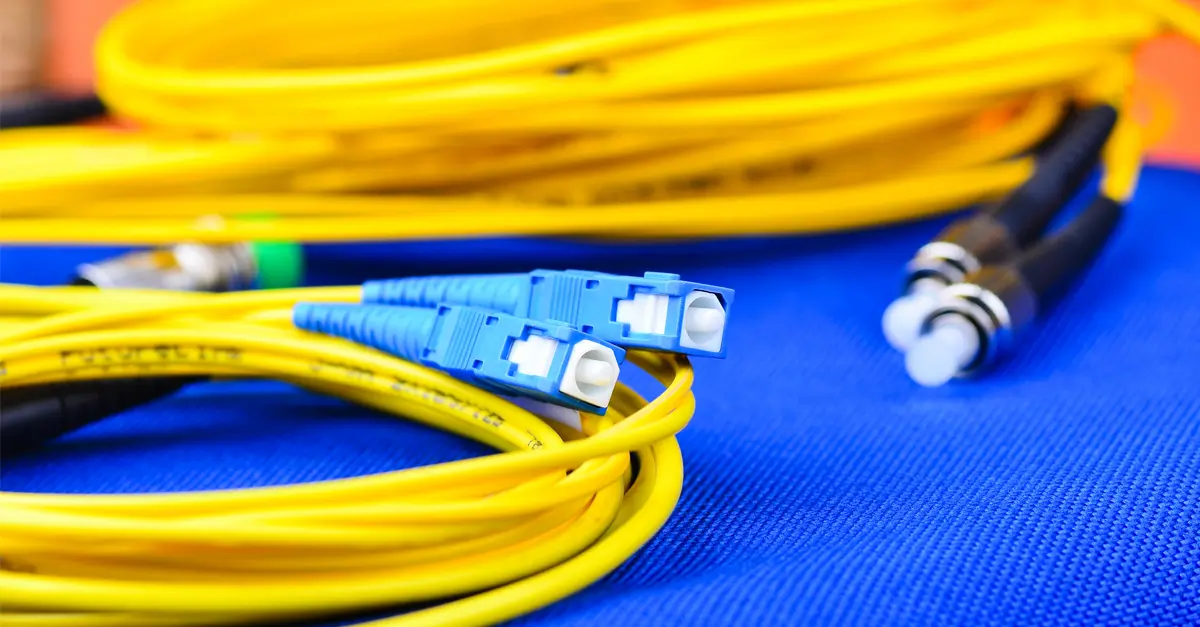Audio, DIY Prewire, Network
Future Proof Pre-Wire for Residential AV Systems

Instead of installing Cat 7 or Cat 8 to future proof your network drops, I am recommending that you instead install Cat 6A with a supplemental duplex multimode fiber. This is because after steps up in category cable from 6A to higher classifications offer less standardization and diminishing returns. The difficulty of the installation becomes too great, and cost is too high for the incremental benefit.
On the other hand, fiber optic cable natively offers increased bandwidth over increased distances, and the existing technology already allows for it to immediately be faster and more reliable. The type of fiber that I am recommending is Cleerline SSF Duplex OM3 Multimode. Cleerline fiber is known for it’s durability during pulling and construction. It allows for less attenuation at a tighter bend radius. It’s mechanical connector system make it easy for technicians to make high fidelity connections. It is more durable, and easier to use, but it is also still fiber, so technicians still need to take care when in installing.
For the ultimate in durability, this type of cable is also offered in a metal clad jacket. This would be recommended in areas where the fiber would be permanently exposed, and a traditional metallic conduit system would not be installed.
I am suggesting multimode fiber, as opposed to single mode, for the increased bandwidth at shorter distances. OM3 Multimode fiber can easily handle 40GB at 100M (328’). As an option, OM4 Multimode can handle 40GB up to 150M. Some cables can also handle 100GB at shorter distances. Multimode fiber fiber has wide compatibility with SFP adapter used for networking. It can also be used for HDMI over fiber optic Extenders.
Cleerline SSF cable is available with 3 jackets. Most residential applications can use the Riser rated jacket, which is intended for use indoors. For cable that has a pathway through an air handling space (air vent, or other plenum used as an air return) there is a plenum rated cable as well. The plenum rated cables are indoor/outdoor rated, making them suitable in non-plenum applications that are outdoors. It is also available in an LSZH jacket, for compliance where required by code.
Extending the ISP Drop for Fiber-To-The-Home (FFTH)
In order for the ISP to use client provided fiber, it must match what they are already using. This typically requires a single mode (SM) BSF (traditional) fiber optic cable. If you are extending the fiber yourself, it is recommended to use Clearline SSF SM OS2, which will retain all the benefits of the SSF system, including high compatibility with the mechanical connectors. For the best of both worlds, you can run a hybrid cable, which leaves both options available. In addition to the cable, you will the appropriate mechanical connectors and couplers. It also recommended to use an outdoor rated box to house the connectors.
Parts List:
SSF SSCSC SMAPCADP
SSF SC SMAPC 10
SSF OTB2 Outdoor terminal box
Using Pre-Terminated HDMI Cables
Typically, the problem with running pre-terminated HDMI cables is that they eventually become obsolete. However, if you use Cleerline SSF HDMI cables you can cut the HDMI connectors off and re-terminate the fiber to broadcast the newest version of HDMI using an HDMI over fiber optic extender. This lowers the cost of the initial HDMI over fiber installation, while still providing the flexibility that could only have otherwise been achieved by running additional fiber optic cables.
Out of the box, these cables support full 48Gb/s data transfer rates, which is enough to support 8K, or even 10K resolutions. With the head cut off, it just becomes an SSF multimode cable with 4 internal fibers.
